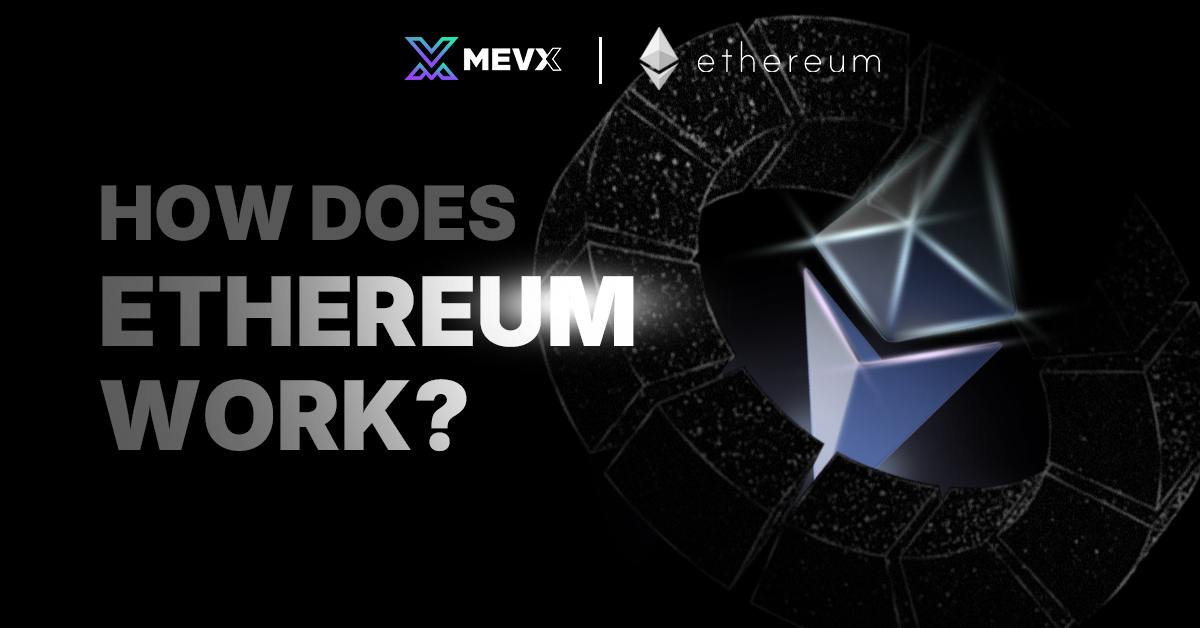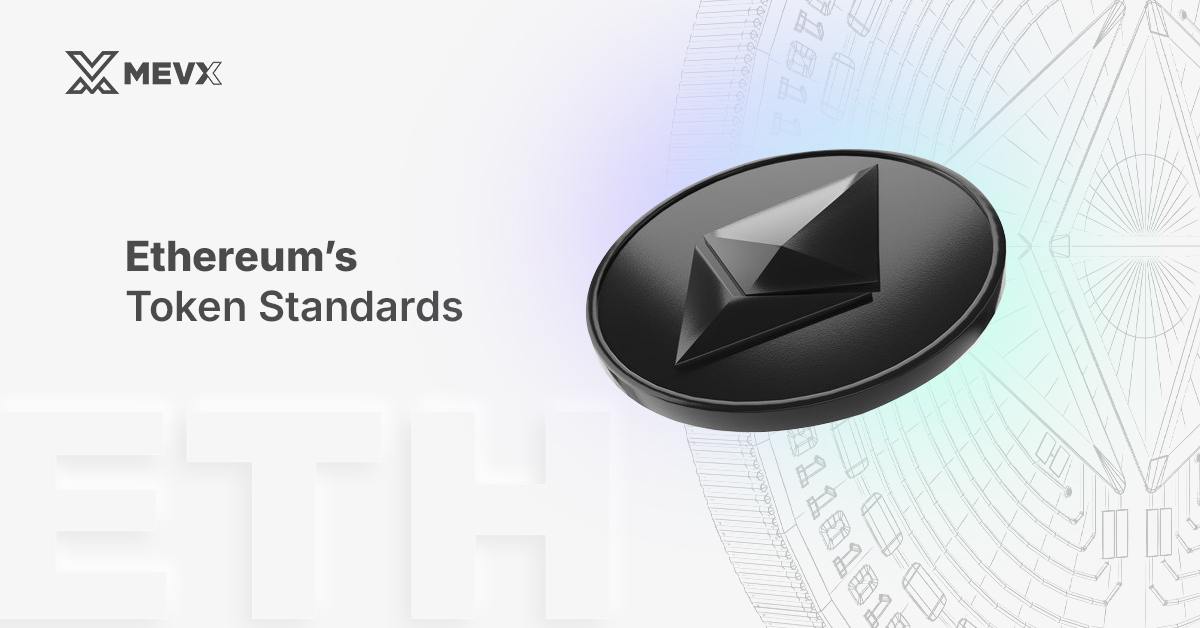Main Takeaways
- This article will cover how the Ethereum blockchain works.
- It gives an overview of smart contracts, the consensus mechanism, token standards, etc.

How does Ethereum work?
Introduction
Ethereum’s blockchain technology has reshaped the digital landscape with its decentralized framework, which goes beyond traditional finances to support smart contracts and decentralized applications (dApps). Unlike centralized systems, Ethereum isn’t controlled by any company or authority; instead, it’s powered by complex code and a peer-to-peer network of computers called nodes. In this article, we will show you how the Ethereum blockchain works.
1. Smart Contracts: The Heart of Ethereum
Smart contracts are self-executing agreements written in code, and they’re central to Ethereum’s functionality. In a traditional setting, contracts require intermediaries to enforce the terms. Smart contracts on Ethereum eliminate this need by automatically executing when meeting pre-set conditions without the intervention of third parties.
Ethereum’s smart contracts are coded in the Solidity coding language and stored in the blockchain network, making them extremely transparent and tamper-proof. Once implemented, no one or entity can alter, adjust, or delete them. This ensures there will be no compromise in terms of reliability. However, developers have to test the smart contracts carefully before deployment.
2. Ethereum Blockchain: A Decentralized Ledger
The Ethereum blockchain is an extensive digital ledger that records every transaction and smart contract execution. Thousands of nodes worldwide support this system, each holding a full copy of the blockchain. This decentralized structure means no single entity controls Ethereum, and all nodes follow uniform rules, ensuring transparency and security. Nodes store transaction details, account information, smart contract data, and historical records, which prevent fraud and ensure that the blockchain’s records are immutable
3. Ethereum’s Token Standards

What are Ethereum’s token standards?
Ethereum supports various token standards, contributing to its adaptability across applications. ERC-20 is a popular standard for fungible tokens, frequently used in ICOs (Initial Coin Offerings) and token issuance. ERC-721 is the standard for non-fungible tokens (NFTs), ideal for digital art and collectibles. ERC-1155 allows the creation of both fungible and non-fungible tokens within a single contract, optimizing resource use for gaming and other applications.
Ethereum’s native cryptocurrency, Ether (ETH), is used to pay transaction fees, reward validators, and perform various network functions, acting as the lifeblood of the blockchain ecosystem.
4. Proof of Stake Consensus Mechanism
In 2022, Ethereum transitioned from a Proof of Work (PoW) to a Proof of Stake (PoS) model, known as “The Merge.” PoS allows users who lock (stake) a minimum of 32 ETH to become network validators. Unlike PoW, where miners compete with high-powered computers, PoS selects validators based on their staked ETH, significantly reducing energy consumption and enhancing security. Validators are rewarded or penalized based on the accuracy of their actions, reinforcing a trustworthy environment.
5. Ethereum Virtual Machine (EVM)
The Ethereum Virtual Machine (EVM) is Ethereum’s processing layer that interprets and executes smart contracts. Written in Solidity, smart contracts are compiled into bytecode that the EVM can understand, enabling the execution of various instructions (opcodes). EVM ensures uniformity across the network, allowing nodes to reach consensus on contract outcomes. Gas fees also play a crucial role here, as they cover the computational costs, making network operations efficient and secure.
6. Ethereum’s Expanding Applications: DeFi and NFTs
Ethereum’s flexibility has enabled applications beyond currency, particularly in decentralized finance (DeFi) and non-fungible tokens (NFTs). In DeFi, platforms like Aave and Uniswap allow users to borrow, lend, and trade assets without traditional banks. NFTs, typically created with the ERC-721 standard, represent unique digital assets, transforming industries like art and collectibles by providing digital ownership and scarcity
7. Security and Challenges
Ethereum’s flexibility supports applications beyond currency. In decentralized finance (DeFi), users engage in borrowing, lending, and trading through platforms like Aave and Uniswap. Ethereum also introduced non-fungible tokens (NFTs), unique digital assets that have revolutionized art and collectibles.
Conclusion
This article covers how the Ethereum blockchain works. Ethereum is one of the longest-established blockchains in the crypto world. If you are looking for a blockchain with an established ecosystem that is easy to start, Ethereum is the safest option out there.
Share on Social Media:
